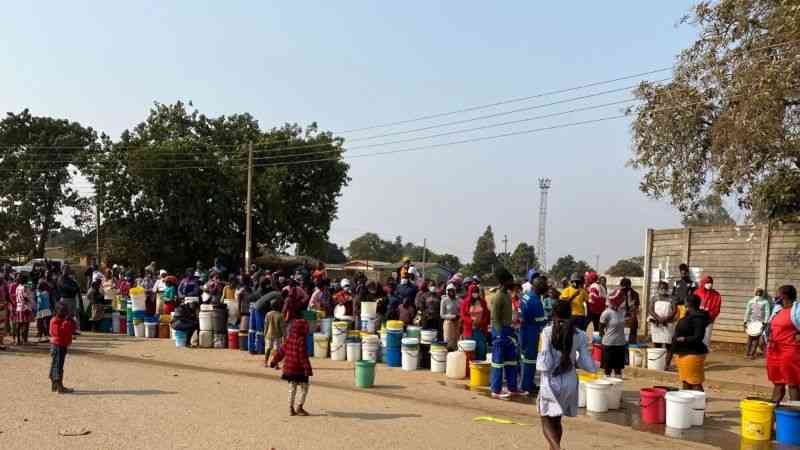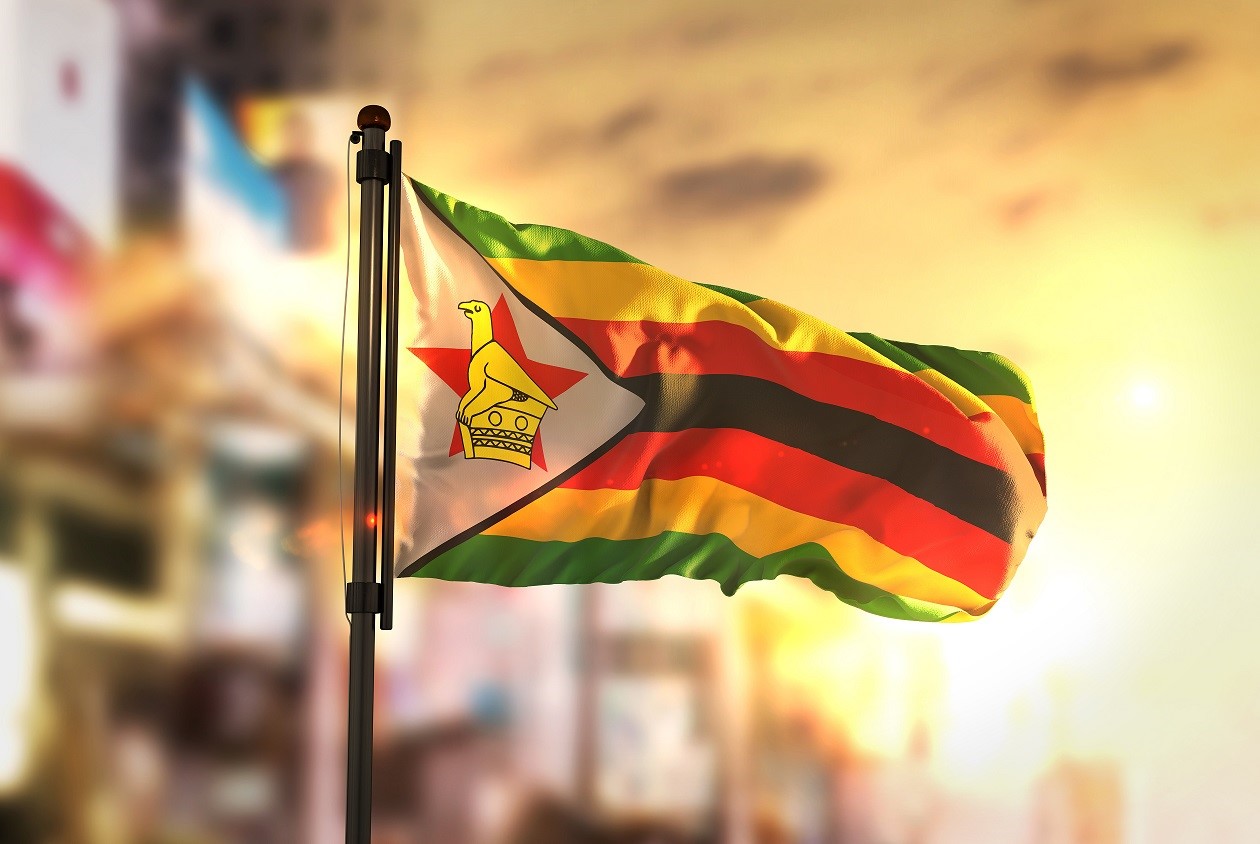
IN the last article we surveyed briefly the eating habits of different people of the world.
We emphasised the fact that people’s eating habits are dictated by their environment. Those who live by the seaside or lakes and along rivers where fish and snails abound as well as other river creatures will naturally eat those creatures.
Weather conditions also dictate the kind of foods to eat. In the dry and arid deserts the food list is limited, but in the vast fertile areas of the continents where weather conditions are favourable there is a wide variety of food items.
Food is food, you may say, but culture plays a major part in what you eat. Although the environment may provide a wide variety of possible food items, people tend to choose what eventually their traditional food becomes.
In a similar way the Ndebele people have developed a taste for certain foods that are peculiar to them. Their environment of the Savanna climate is covered with lush grasses which support large herds of wild animals — kudu, buffalo, zebra, buck and many other species including carnivores: lion, hyena, jackal, wild dog, leopard and others.
There is also a variety of birds. Most of these form a large part of the Ndebele diet.
However, the Ndebele are selective in their choice of meat. They do not eat carnivores or donkeys, including zebra or horses. As a general rule the Nguni group do not eat water creatures like fish, snail, crabs or whatever.
But other tribal groups within the Ndebele eat fish freely.
- Chamisa under fire over US$120K donation
- Mavhunga puts DeMbare into Chibuku quarterfinals
- Pension funds bet on Cabora Bassa oilfields
- Councils defy govt fire tender directive
Keep Reading
Traditionally, animals are harvested by hunting and trapping. Hunting is done by men with spears, clubs (induku) and axes.
The hunting may be undertaken by a man who goes out carrying his hunting tools and is accompanied by one or two of his dogs. In many cases, however, hunting was undertaken by a large party of men with many dogs.
For the Nguni, the ox-bow formation which was used in war was also used for hunting. Smaller game like buck, hare, rock rabbit as well as birds were caught by traps set up mainly in the paths to their watering places. Favourite foods varied within tribal groups of the Ndebele.
Tongas liked their fish in addition to other animals. The Nguni group are “carnivores” if one is to talk about their eating habits.
They gorge large chunks of meat which they relish with much beer. They (used to) keep large herds of cattle which they killed for meat in addition to the meat of wild animals. (Inyama yayiphekwa ngomhluzi weyinye).
The meat was cut up in large chunks which were boiled in big earthen pots and then served in large wooden dishes from which smaller pieces were cut for eating.
Meat accompanied a meal of thick porridge (isitshwala). Roast meat is the favourite delicacy. The meat is roasted over an open fire on the wood charcoals. Men prefer meat that is only half-roasted and is still dripping a bit of blood.
Men did not like vegetables, kuthiwa imibhida yenza amathumbu abeluhlaza abe makhulu agcwale isixaxa (big basket).
How could a man run at war carrying such big load in his intestines? Certain cuts and pieces are traditionally for men (inhloko, amangqina, amafitshane, imbambo) and some are for women (isifuba, ungiklane , isibindi, isadijana) and the rest are communal. Large intestines are specially for herd boys.
All the Ndebele groups eat maize or sorghum meal (inyawuthi) as their main food. Historically, maize is a relatively new introduction which now supersedes all the other cereals. Mealies are grown in the rainier parts of Ndebeleland. Sorghum is more common in drier parts of the country like Plumtree, Gwanda South and Beitbrigde.
All these cereals make the staple food known as isitshwala. Deprive a Ndebele of isitshwala and you have done him injustice. Isitshwala is made by grinding the cereal into a meal on a grinding stone. Boil water in a pot and when it is boiling add mealie-meal into the water and stir until thick by adding more mealie-meal to a suitable thickness. Allow to simmer and then serve.
The Ndebele are naturally communal. They like to eat together from the same dish, one for the mother (mama), the girls and children, one for boys and one for the father (ubaba) and other men who may be present, (otherwise baba eats alone because he is baba!).
The sitshwala must always be relished with either stew of boiled meat with or without vegetables sauce or just plain wild vegetables. Varieties of vegetables include ulude, imbuya, idelele, ibhobola, amahlamvu endumba, umadoyi and many other tribal preferences like ugonidonda (if you know this one). As indicated before men generally shy away from vegetables which they regard as women’s food.
Milk from cows plays a very important part of Ndebele food. Boys or men milk the cows and fill the milk into calabashes or pails then take it to the kitchen-hut where they pass it to the women folk to process.
Usually after general milking boys like to drink it into their own mouths (ukukleza) and this is very special for boys. They may also bring umlaza in a container and milk on to it (ukuqunga umlaza) which brings special curds similar to amasi.
This is eaten by boys only ngaphandle komfazi oxhwalileyo. The mention of amasi is exciting to many Ndebele people: Amasi, ihiqa, izankefu.
When milk comes in from milking it is cleaned up by straining it over a clean cloth (preferably linen) into a special gourd or calabash known as igula or earthen pot (udiwo lwamasi) which is sealed and put away.
After three to four days the milk would have curdled thick. Strain the whey and process to a thick mass of amasi. For the Ndebele this is choice food. You eat it with your isitshwala, but more especially with damp meal of boiled sorghum called umcaba. This food is very delicious and nourishing — amasi omcaba. Mncaa-a!
Other foods that are equally nourishing among the Ndebele are isathiyane (porridge of fresh milk), umxhanxa (whole maize boiled in melon soup, inkovu, amatshakada (umqgutshu), inkobe, amakhomane, amathanga, amakhabe and others. There are seasonal foods during summer/autumn (ekwindla).
The Ndebele are fond eaters of wild fruits: uxakuxaku, umhlali, isigangatsha, umviyo, umkhemeswana, umdlawuzo, umabotho, umqokolo, ububese, ubuhobe, umhagawuwe, umpumpulwane and many others. They also eat some roots and tubers like isadloli, isadenda, utshanyana, igonsi, iminyela and what not.
Other wild foods include honey of bees, ingongomtshane, ibhotshi including insects like locusts (but not grasshopper), caterpillar, izinhlwa, (but not iminenke, lenyekevu lenswabanda.)
The point that should be emphasised is that Ndebele traditional food is wholesome, completely nourishing and well-balanced with all the requirements for a healthy body.
There is not much reason to discard our food and to switch over to the over-refined Western foods .










